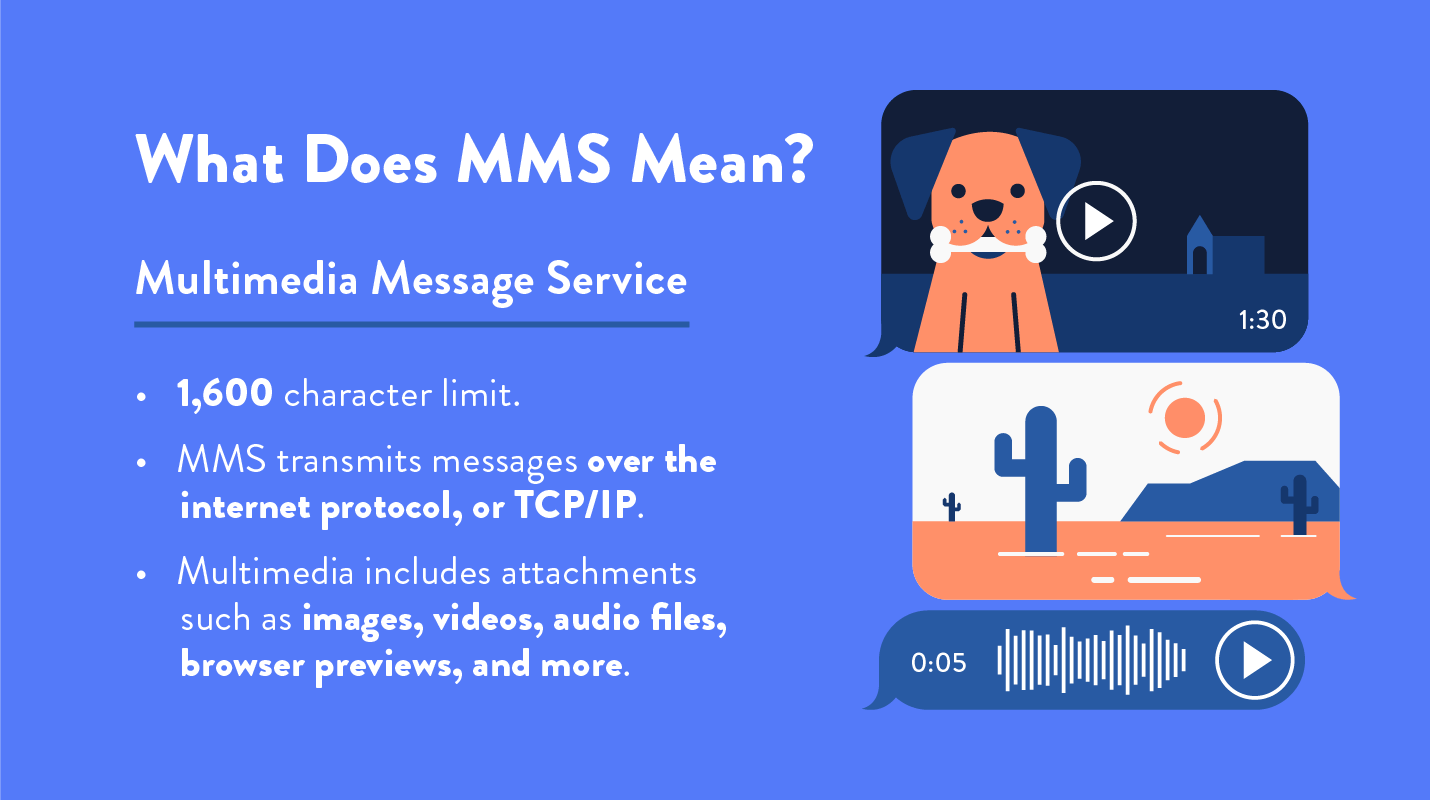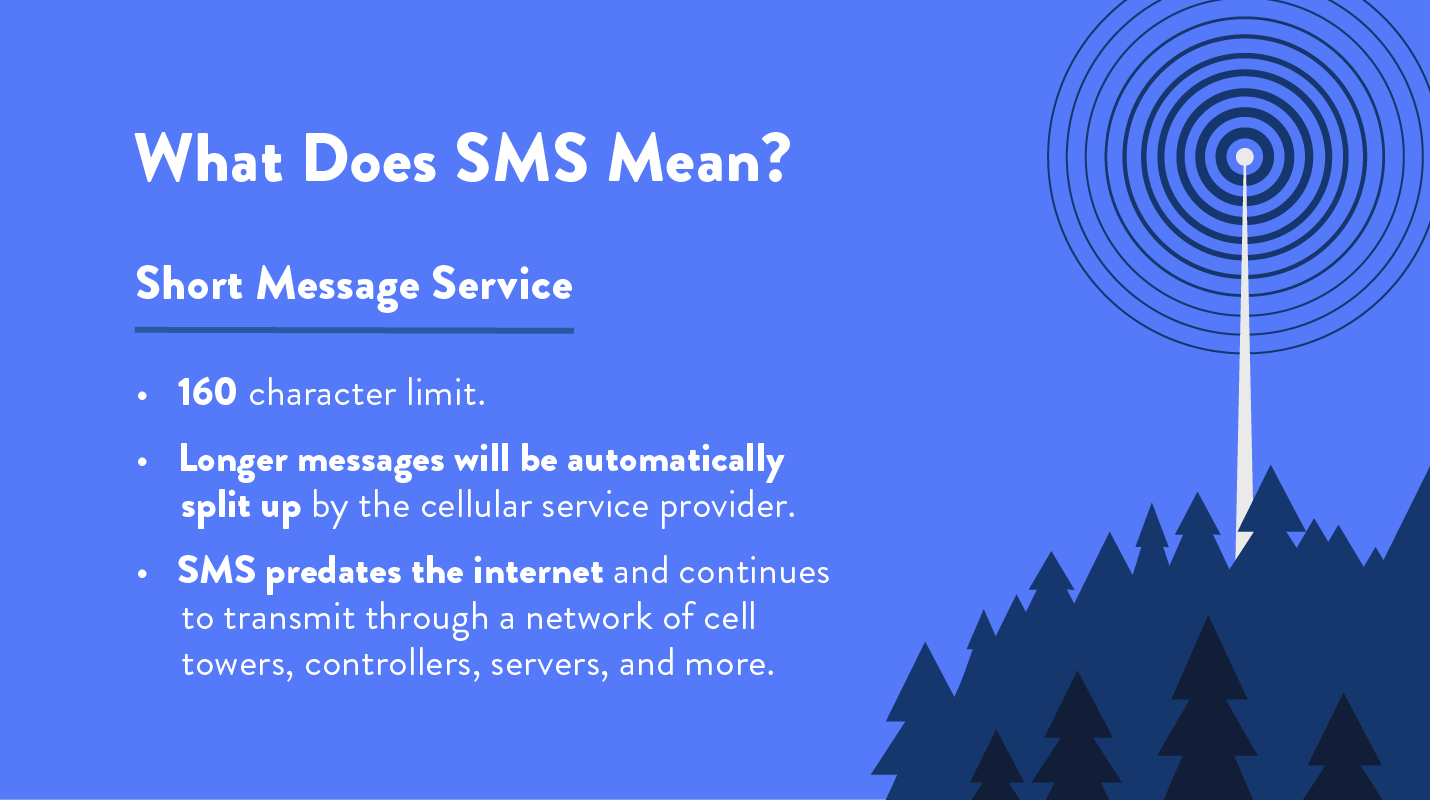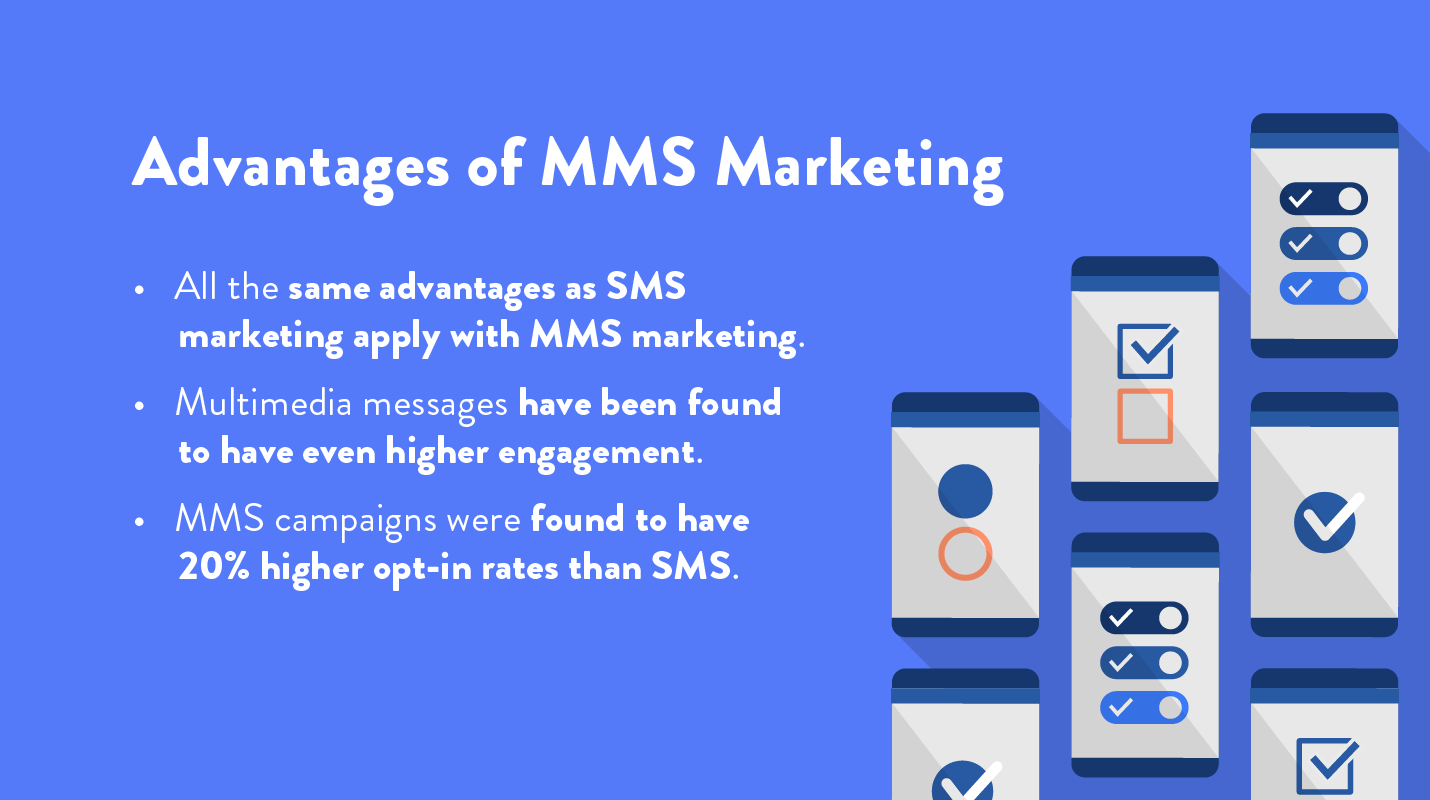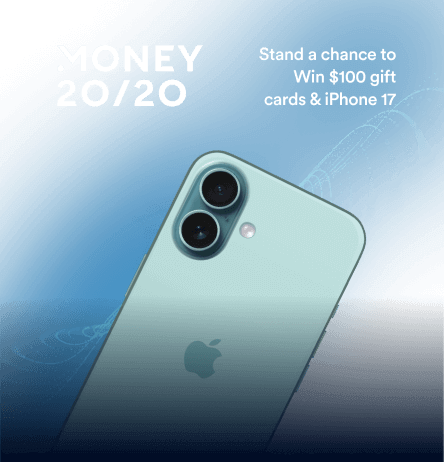SMS and MMS are ubiquitous acronyms in mobile marketing, often used even by those with only a basic understanding of their meaning. While you may have encountered these terms and received notifications, it’s essential to grasp their significance.
In this article, we delve into the core concepts of SMS and MMS, elucidating their meanings and demonstrating their pivotal roles in the strategies of mobile marketing teams.
What Does MMS Stand for?

MMS, or Multimedia Messaging Service, revolutionizes communication by enabling the seamless sharing of diverse media attachments between devices. From videos and images to documents and audio files, MMS transcends simple text-based messaging, offering a rich multimedia experience.
While you may have encountered similar functionalities on popular messaging platforms like Facebook Messenger or WhatsApp, true MMS operates through mobile service providers, distinct from app-based services. Traditionally reliant on cellular data plans rather than Wi-Fi, MMS facilitates multimedia exchanges between devices.
Moreover, MMS extends beyond peer-to-peer messaging, finding utility in one-way communication channels such as push notifications and in-app messaging. Its versatility makes MMS a vital tool for enhancing engagement and communication across various platforms and mediums.
What Does SMS Stand for?

SMS, or Short Message Service, is the fundamental building block of text-based communication. It allows users to send concise messages, typically with a character limit of 160. Despite this character limit, providers can concatenate longer messages to appear seamless, though fees are incurred for each 160-character segment.
The journey of an SMS traverses a complex network of base stations, controllers, servers, and registers before reaching its destination. This intricate process ensures the swift delivery of messages to recipients’ phones.
While both SMS and MMS share similarities in delivery mechanisms, they differ significantly in format and functionality. Although the acronyms may seem trivial at first glance, understanding the distinction between MMS and SMS is essential for effective communication strategies.
You might like to read: What is SMS Messaging? Fostering Stronger Customer Relationships With SMS
MMS vs SMS: What’s the Difference?

While often used interchangeably, SMS (Short Message Service) and MMS (Multimedia Messaging Service) differ notably in message length and delivery method. SMS is limited to 160 characters, while MMS allows up to 1,600 characters per message, offering a significant increase in content capacity.
SMS messages are transmitted via cell towers, whereas MMS utilizes the internet through TCP/IP for encoding and decoding data. Despite their similarities, understanding these distinctions is crucial for effective communication strategies.
SMS Marketing Advantages

Text messages have the best engagement of any marketing channel, by a long shot.
83% of millennials open text messages within 90 seconds of receipt, and the rest of us open texts shortly thereafter.3 With the rapid adoption of mobile devices globally, SMS marketing is essential for any growing business.
Many SMS providers offer plans with unlimited text messaging. Otherwise, service providers like Verizon can charge up to $0.20 per text message.4
Even if it wasn’t required by law for customers to explicitly opt in to receive SMS marketing (which it is), customers won’t appreciate messages of unknown origin. For customers who do not have unlimited texting plans or do not wish to receive SMS marketing, it’s important you receive opt-in confirmation.
SMS marketing, like welcome messages and push notifications, is yet another opportunity to personalize communication. A personalized message brings a human element to marketing and has been found to convert 10 times better than non-personalized messages.5
Including emojis within your SMS campaign will further personalize the message. Emojis may increase the open rate of SMS as it did push notifications in our study of click-through rate when using emojis in marketing.
Advances in mobile technology using beacons and geofencing have allowed for location-based marketing using SMS. If a customer is in close proximity to your business, a time-sensitive SMS touchpoint can be enough to convert a purchase for your product or service.
SMS also offers speed. Although the technical process behind SMS is very complicated, it is often accomplished in minutes, if not seconds. In fact, it’s been found that 98% of text messages are read within 2 minutes of receipt.6
To summarize, the main advantages of SMS marketing are:
- Highest engagement of any marketing channel
- Opportunity for a personal connection between the company and the customer
- Location-based messaging
- Perfect for time-sensitive messaging
Read in detail: What is an SMS short code, & How to Use it?
MMS Marketing Advantages

Today, many providers bundle MMS capabilities within a standard SMS plan. In other words, cellular providers often view SMS and MMS as the same thing. But when customers opt to pay for individual messages, MMS can cost up to $0.25 per message.7
The price can be prohibitive to many customers around the world if they are not equipped with unlimited texting plans through their mobile service providers. Service providers typically charge for both incoming and outgoing text messages, which is why opt-in confirmation is so important.
Learn more about best practices for improving SMS delivery rates
All of the advantages associated with SMS marketing also apply to MMS marketing, plus more.
Multimedia messages have been found to have even higher engagement with their rich media capabilities, offering more immediate value for users. In fact, MMS campaigns were found to have 20% higher opt-in rates than a basic SMS campaign.8
MMS vs SMS: Which is Best for Mobile Marketing?

Crafting a robust omnichannel marketing strategy is paramount to staying top-of-mind for customers. When considering whether to incorporate SMS or MMS into your communication strategy, it’s essential to view it as a balance between yin and yang rather than a black-and-white decision.
Combining both SMS and MMS can yield the most effective and cost-efficient results, depending on the context. For instance, leveraging MMS for onboarding videos with interactive elements can boost engagement, while simple SMS messages may suffice for triggered responses to customer actions.
Cost considerations play a significant role in determining the optimal mix of SMS and MMS within your budget. While SMS tends to be more budget-friendly, integrating MMS offers a chance to differentiate your brand and capture attention in a crowded marketing landscape.
At CleverTap, our Clever Campaigns leverage real-time customer events to send triggered SMS notifications, enhancing app marketing intelligence through automated mobile marketing. Explore how CleverTap can elevate your marketing efforts with intelligent automation.

See how today’s top brands use CleverTap to drive long-term growth and retention
Subharun Mukherjee 
Heads Cross-Functional Marketing.Expert in SaaS Product Marketing, CX & GTM strategies.
Free Customer Engagement Guides
Join our newsletter for actionable tips and proven strategies to grow your business and engage your customers.















































